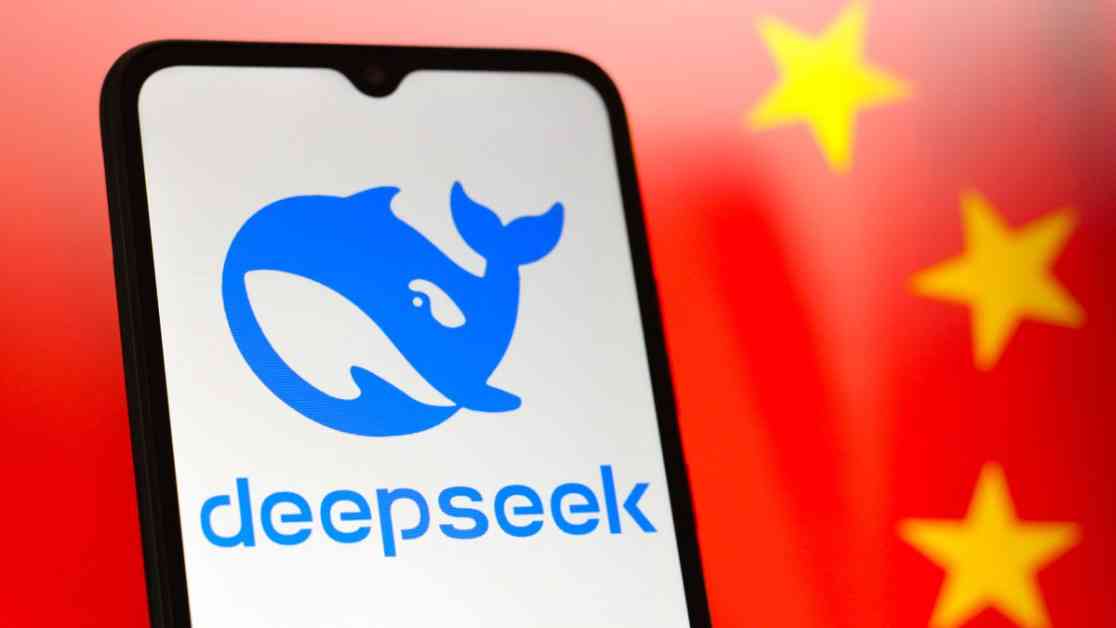DeepSeek’s New AI Models: A Game-Changer in the Tech Industry
In recent news, a relatively unknown Chinese company, DeepSeek, has made waves in the tech industry with the release of its latest artificial intelligence (AI) models. Just under two weeks ago, DeepSeek unveiled its open-weight R1 model, claiming to outperform some of the leading AI models from Silicon Valley giants like OpenAI and Meta. What sets DeepSeek apart is not just its impressive results but also the cost-effective development process behind it.
The Impact of DeepSeek’s Models on the Market
Following the announcement of DeepSeek’s breakthrough, the market response was swift and severe. The company’s AI model quickly became the most downloaded free app on Apple’s App Store, causing a staggering $1 trillion loss in the valuations of top U.S. tech companies. Notably, Nvidia, a key player in AI training with its high-end H100 graphics chips, saw a massive $589 billion drop in valuation in what became the largest one-day market loss in U.S. history.
The Rise of DeepSeek: Disrupting Industry Dogma
AI experts and industry insiders agree that DeepSeek’s emergence has challenged a fundamental belief in the tech industry that bigger is always better. Kristian Hammond, a computer science professor at Northwestern University, highlighted how DeepSeek’s ability to achieve impressive results with fewer resources signifies a shift towards smarter and more efficient AI development.
Efficiency at the Core of DeepSeek’s Models
What sets DeepSeek’s V3 and R1 models apart is their efficiency. Ambuj Tewari, a professor at the University of Michigan, explained that DeepSeek’s models operate on a “mixture-of-experts” system, dividing tasks among specialized submodels to optimize performance. This load-balancing approach, coupled with dynamic task shifting, allows DeepSeek to maximize its large models’ potential while minimizing resource consumption.
Noteworthy Innovations in DeepSeek’s Approach
One of the key innovations in DeepSeek’s models is the use of a mixed precision framework, which optimizes training by utilizing less-precise calculations for certain tasks. Additionally, DeepSeek’s unsupervised reasoning approach, focusing on final answers rather than human-provided labels, streamlines the training process and reduces costs significantly. This combination of strategies has enabled DeepSeek to train its models at a fraction of the cost and time compared to its competitors.
The Future Implications of DeepSeek’s Success
While DeepSeek’s rise to popularity signals a positive shift towards more accessible AI development, it also raises concerns about regulatory challenges and potential misuse of advanced AI technologies. As the industry adapts to the disruptive impact of DeepSeek’s models, there is a growing need for collaboration and innovation to navigate the evolving landscape of artificial intelligence.
In conclusion, DeepSeek’s groundbreaking AI models have set a new standard for cost-effective and efficient development in the tech industry. With its innovative approaches and impressive results, DeepSeek has positioned itself as a game-changer in the world of artificial intelligence, paving the way for a more accessible and dynamic future in AI research and development.
Ben Turner, a staff writer at Live Science, captures the essence of DeepSeek’s impact on the industry, shedding light on the transformative power of innovation and efficiency in AI technology. As the tech landscape continues to evolve, DeepSeek’s legacy serves as a testament to the boundless possibilities of intelligent and resourceful AI development.










